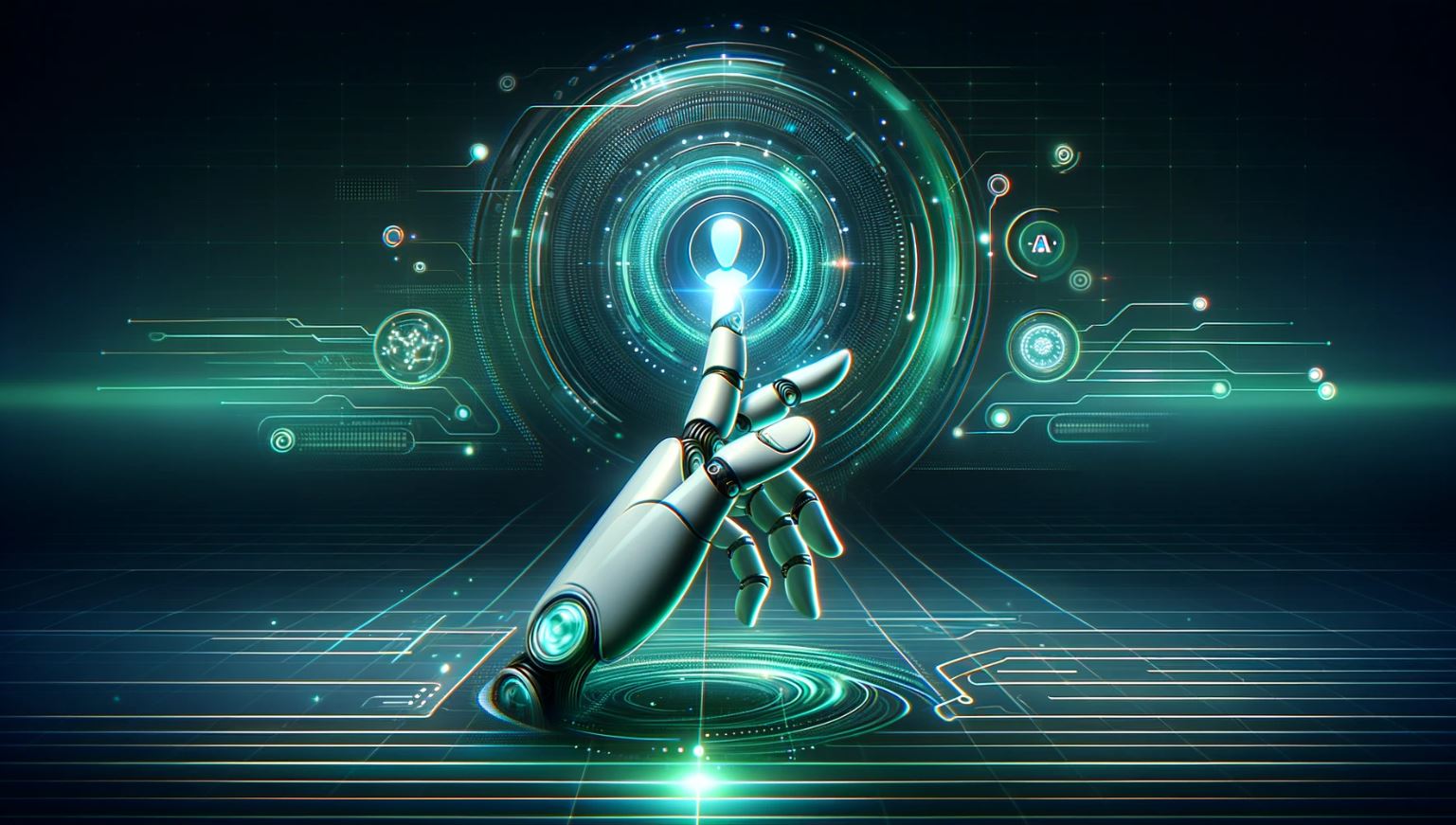 Hey there! The world of marketing is changing fast, and if you’re in the game, you’ve probably heard about something called ‘vibe marketing.’ It’s not just another buzzword—it’s a major shift in how we do things, thanks to AI and automation. Greg Isenberg, who’s worked with big names like WeWork, TikTok, and Reddit, recently talked about this on LinkedIn. The marketing industry, worth a whopping $250 billion, is on the brink of transformation. But what does this mean for you and why are venture capitalists so interested?
Hey there! The world of marketing is changing fast, and if you’re in the game, you’ve probably heard about something called ‘vibe marketing.’ It’s not just another buzzword—it’s a major shift in how we do things, thanks to AI and automation. Greg Isenberg, who’s worked with big names like WeWork, TikTok, and Reddit, recently talked about this on LinkedIn. The marketing industry, worth a whopping $250 billion, is on the brink of transformation. But what does this mean for you and why are venture capitalists so interested?
In the past, marketing was all about hard work and big teams. You’d have copywriters, designers, and data analysts, each doing their own thing, which often led to expensive and slow campaigns. Now, with vibe marketing, one marketer armed with AI tools can handle multiple strategies quickly. It’s like moving from a human-centered approach to a fast, data-driven one.
So, what exactly is vibe marketing? It’s about capturing that intangible energy—what Will Manidis, a venture capitalist, calls ‘vibes’—that draws in investment and customer loyalty. Today’s tools let marketers automate everything from finding prospects and creating personalized messages to analyzing competitor ads and coming up with unique brand ideas.
The Core of This Marketing Revolution
This change is built on three key pillars. First, AI has grown up. It’s not just chatbots anymore; it’s creating engaging content and fine-tuning strategies. Second, automation tools like Jasper and Phantom Buster are freeing marketers to think strategically. Finally, the cost of making custom systems has dropped a lot, thanks to platforms like Zapier. This means you can experiment quickly without the usual costs.
We’re already seeing the impact. Companies are using AI to target customer segments precisely and are running hundreds of marketing tests on their own. The marketing tech market, expected to hit $250 billion in 2024, is only going to grow as AI becomes more common. A McKinsey report from 2023 even said AI could automate 30% of marketing tasks by 2025, a milestone we might have already reached.
Looking to the Future
As we move forward, marketing teams will blend human creativity with AI’s power. We’ll see specialized micro-tools take over from big, old-school systems, with companies building frameworks that keep getting better. If you’re eager to dive into this new world, the tools are ready and waiting, designed for quick and easy use.
The stakes are high. Greg Isenberg warns that companies that don’t embrace vibe marketing might get left behind, like those without websites in the late ’90s. For venture capitalists, startups using vibe marketing can grow quickly, spend less, and outsmart bigger competitors. But since these tools are available to everyone, competition is heating up. Even solo entrepreneurs can now challenge established companies.
Vibe marketing isn’t just a passing trend; it’s a game-changer. It merges quick vibe coding with the power of AI. For marketers and investors, understanding and using this shift is key to success in the industry.








